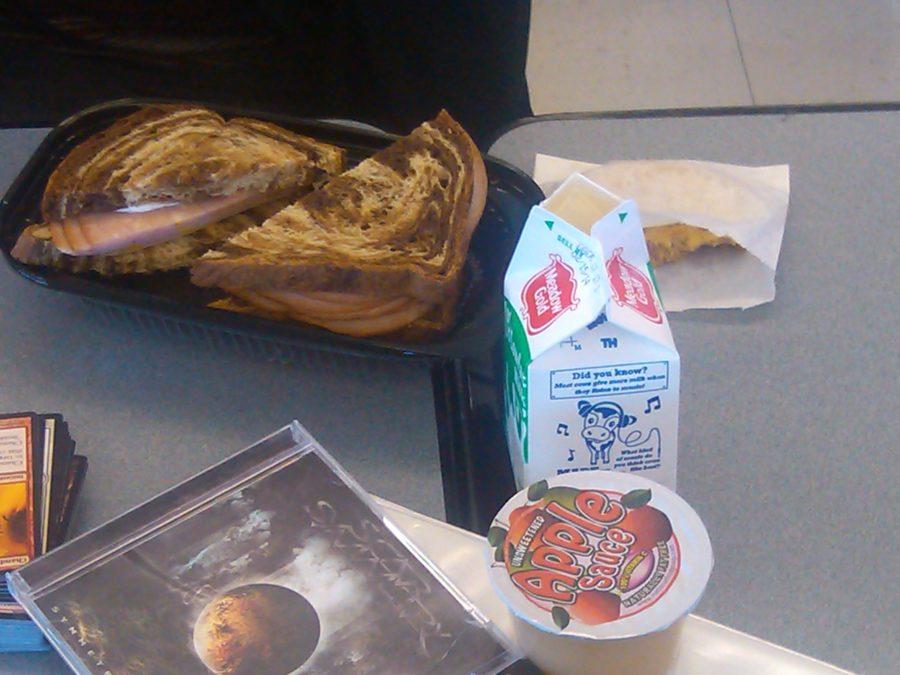By Michael Yeatts
Along with greater nutritional awareness, questions have been raised regarding whether school lunches are healthy or not. For a long time, the emerging answer was “no”. This was due to school vending machines offering sugary soft drinks and candy, meal options that were akin to that of a greasy, sodium-liberal fast-food restaurant, little to no fruits and vegetables and processed foods with additives like ammonium-treated beef trimmings, also known as “pink slime.”
As far as school lunches and breakfasts go today, positive changes have been made with the enactment stricter USDA requirements. More fruits and vegetables are offered alongside proteins, dairy products and whole grains, so all food groups are represented. The meal options all provide adequate amounts of micro and macronutrients to satisfy the growing adolescent’s nutritional needs. Lastly, refined sugars, salts, saturated fats and hydrogenated fats are being phased out gradually. All things put into consideration, school meals aren’t too bad.
Is this to say that school meals can be considered completely healthy? No. Many of the meal items contain additives that have been shown to have potentially detrimental effects. For example, the pepperoni used on the pizza contains the known carcinogen sodium nitrate, many breaded options contain the controversial preservative BHT and the chocolate milk contains a thickener known as carrageenan that causes intestinal inflammation.
The less-than-healthy additives found in the lunches and breakfasts are minor when compared to the a la carte options that schools offer. Just perusing the eatables here on the Farm, one can find a smorgasbord of items containing synthetic chemicals; numerous studies suggest these additives have adverse effects on one’s health. Aspartame, sodium benzoate, Red #40, Yellow #5, Blue #1, monosodium glutamate (MSG) and sucralose are a few of the additives that can be found in some of the foods and drinks behind the counter. Further, pizza, a pretzel with a dish of cheese and a cookie isn’t exactly nutritious.
Another query that can be raised is whether restocking the consumables at schools to healthier options would be beneficial. Most of the a la carte food is no better than that of a small gas station. Would more healthful options cause students to change their dietary habits or simply make getting the food they will purchase either way more inconvenient? As senior David Trujillo put it, “If students want a bag of Cheetos or something, they will migrate to get what they want, regardless.”







